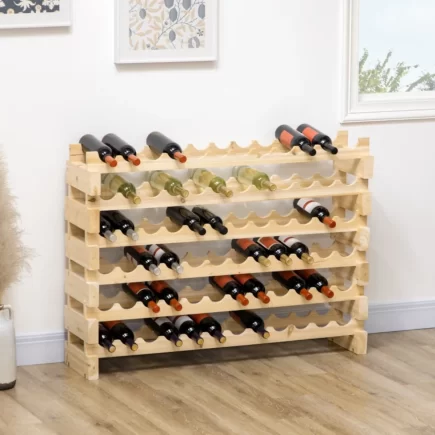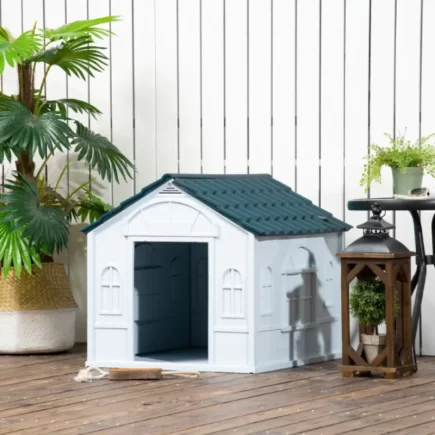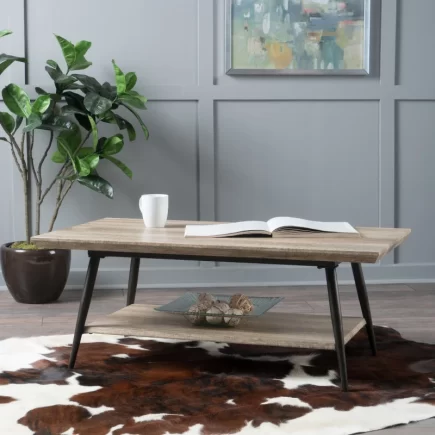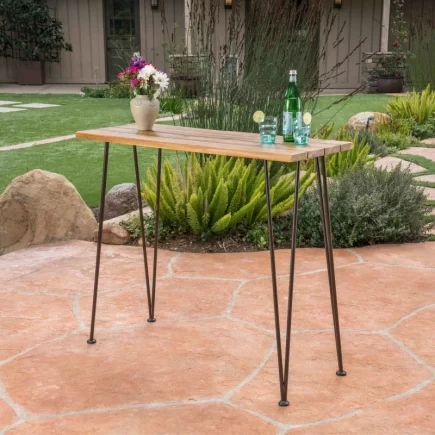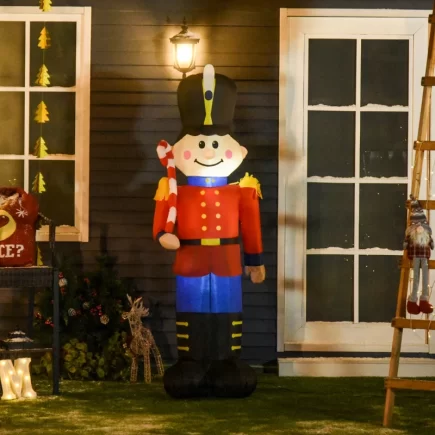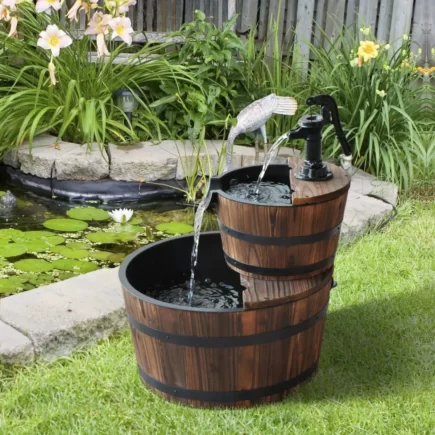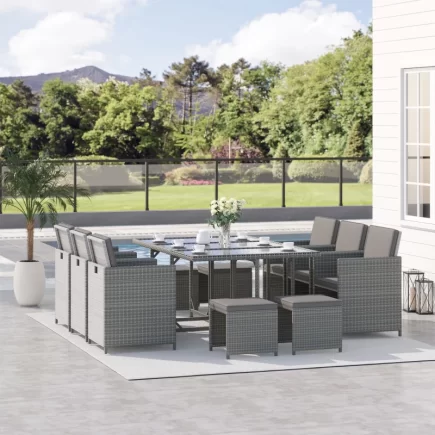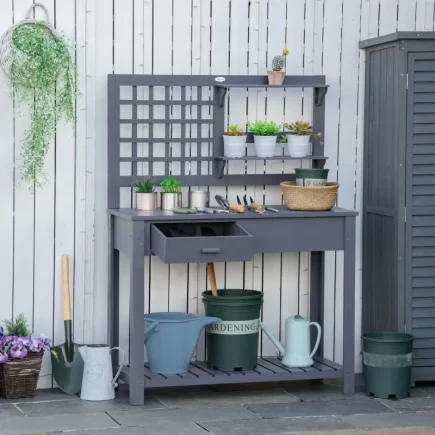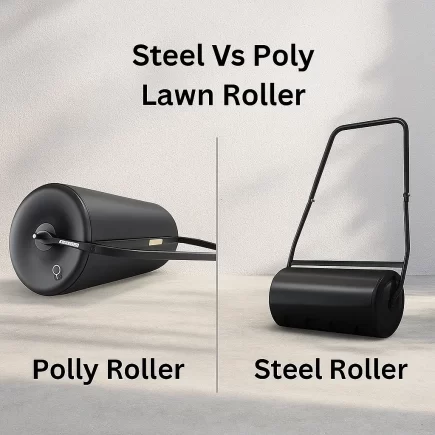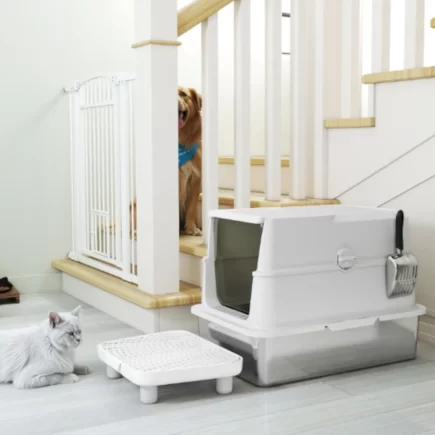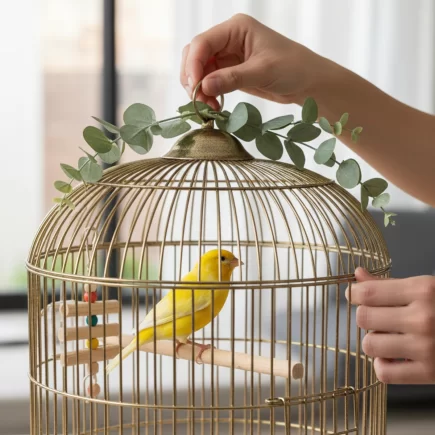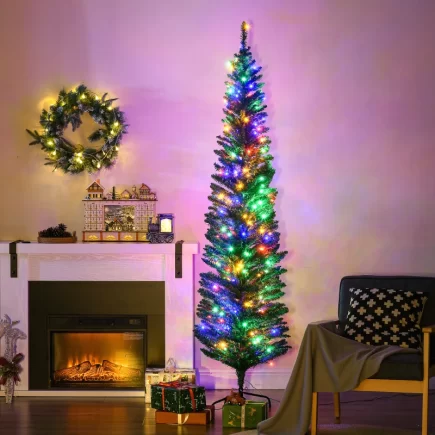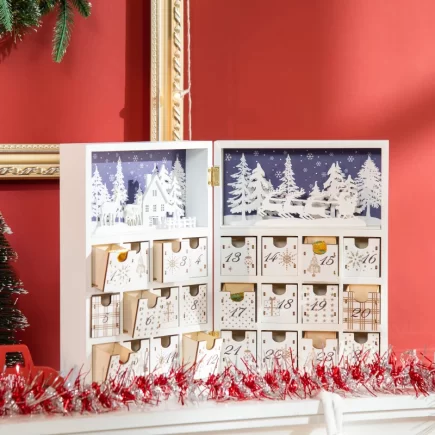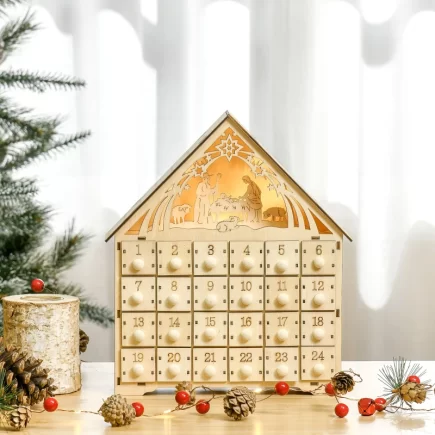
Transforming your outdoor space with artificial turf is easier than you might think. With its low maintenance and year-round lush appeal, turf provides a practical solution for homeowners seeking a beautiful lawn without the hassle of mowing or watering. Whether you want to refresh your backyard, set up a play area for kids, or replace a stubborn patch of grass. From preparing your yard to ensuring a polished, professional finish, we’ve broken down the process into simple steps.
Tools and Materials
Before you begin, having a list of tools and materials on hand is crucial for a smooth process. Here’s what you’ll need:
Essential Tools
- Utility knife (for precise turf cutting)
- Rake (to level the ground)
- Compactor or tamper (for compacting base layers)
- Seam tape and adhesive (for joining turf sections)
- Measuring tape (for accurate dimensions)
Required Materials

- Artificial turf (choose a product suitable for your intended use)
- Crushed stone or road base for subbase layers
- Weed barrier fabric
- Silica sand or other infill materials
Preparation and Groundwork

Thorough preparation sets the stage for a flawless installation. Here’s how to prepare your yard for artificial turf installation.
Step 1: Plan Your Turf Area
Start by creating a layout plan. Measure the area to determine how much turf and base material you need. Minimize turf waste by considering the width of turf rolls (typically 15 feet wide) and arranging pieces with all blades facing the same direction.
For natural aesthetics, ensure seams align subtly, and avoid creating a checkerboard pattern with mismatched directions.
Step 2: Remove Existing Grass and Soil
Grass, weeds, and other debris must go for a level base. Remove about 4 inches of topsoil using a sod cutter or garden shovel. Also, check for underground utilities before digging.
Step 3: Lay the Base
A stable base ensures proper drainage and prevents turf settling over time. Use the following steps:
- Spread 3 to 4 inches of crushed stone over the cleared area.
- Compact the stone using a tamper or plate compactor.
- Lay a weed barrier fabric over the base to stop weeds from sprouting.
Pro Tip: Ensure the base has a slight slope (1-2%) so water naturally drains away from buildings.
Step-by-Step Artificial Turf Installation
Now comes the exciting part. Follow these step-by-step instructions to lay artificial turf like a pro.
Step 1: Roll and Position the Turf

Roll out the turf over your prepped base, keeping all fibers facing the same direction. Give the turf an hour in the sun to relax its backing for easier cutting. Ensure the edges extend slightly beyond the area boundaries to allow for trimming.
Step 2: Cut and Trim the Turf

Using a sharp utility knife, trim any excess turf to match the area’s shape. If your layout involves curved edges or borders, work slowly with steady, precise cuts for a neat finish.
Step 3: Seam and Secure the Turf
For areas requiring multiple turf pieces, secure edges using seam tape. Apply outdoor adhesive to the tape and carefully press the turf edges together, ensuring blades stay upright.
Secure the entire turf perimeter with 6-inch nails or landscape staples, spaced about 6 inches apart. Check for tautness as you work.
Step 4: Add and Brush in the Infill

Evenly spread infill (like silica sand) across the turf’s surface using a drop spreader. This step adds weight, stabilizes the turf, and supports blade structure.
Use a stiff push broom to brush the infill into the fibers for consistent coverage.
Step 5: Inspect and Perform Final Touches
Double-check seams, edges, and infill distribution. Brush over the surface again to fluff up the blades. Properly installed turf should look seamless and natural.
Common Mistakes and How to Avoid Them
Avoid these pitfalls to ensure a flawless installation:
- Skipping the Base Layer: Skipping this step leads to poor drainage and uneven surfaces.
- Rushing the Adhesive Process: Allow adhesive to set properly for durable seams.
- Improper Edging: Leaving edges unsecured can cause lifting over time.
DIY vs. Professional Installation
DIY Installation
- Pros: Save money and enjoy the satisfaction of a DIY project.
- Cons: Requires time, effort, and a solid understanding of the process.
Professional Installation:
- Pros: Expertise ensures proper drainage, seamless joins, and a polished look.
- Cons: Higher costs, typically $10-$20 per square foot, labor included.
Cost Breakdown
| Item | Cost Range (USD) | Notes |
| Artificial Turf | $4 to $7 per sq ft | Varies based on quality and blade height |
| Crushed Stone (Subbase) | $30 to $50 per yard | Required for proper drainage and stability |
| Weed Barrier | $0.50 to $1 per sq ft | Prevents weed growth beneath the turf |
| Seam Tape and Adhesive | $30 to $50 | Ensures secure and invisible turf joins |
| DIY Labor Cost vs. Pro | $5 to $15 per sq ft | DIY costs less; professional services cost more |
Seasonal Installation Tips
Timing affects installation success:
- Best Time: Spring and early fall offer ideal working temperatures.
- Weather Adjustments: Avoid installing during rain or freezing conditions for best results.
Installing Artificial turf transforms your outdoor space into a hassle-free, visually stunning area that lasts for years. By following this guide, you’ll not only save costs but also enjoy the satisfaction of a job well done.
FAQs
1. How can I ensure proper drainage for artificial turf?
To ensure proper drainage, grade the ground with a slight slope (1-2%) to direct water runoff. Add a compacted crushed stone layer or drainage mat underneath the turf for stability. For heavy rainfall areas, consider installing a French or trench drain to divert excess water efficiently.
2. How do I maintain artificial turf after installation?
Regularly rinse turf to clean dirt, remove debris with a broom or blower, and spot-clean stains with mild soap. Brush bristles to prevent matting. Deep clean periodically and use turf deodorizer for odor control, especially with pets. Avoid heat or heavy objects to extend its lifespan.
3. What is infill, and why is it important for artificial turf?
Infill is a granular material spread between turf blades to stabilize the turf, prevent wrinkling, and keep fibers upright. It aids in drainage, cushioning, and durability. Choose infill based on needs, such as silica sand for basic use or rubber for softer, high-traffic surfaces.
4. What is the best way to prepare the ground for artificial turf?
Remove grass and debris, then excavate 3-4 inches of soil. Compact the area to create a stable base. Add a layer of crushed stone or decomposed granite, compact again, and ensure proper drainage by grading with a slight slope. Optionally, install a weed barrier for added maintenance ease.


